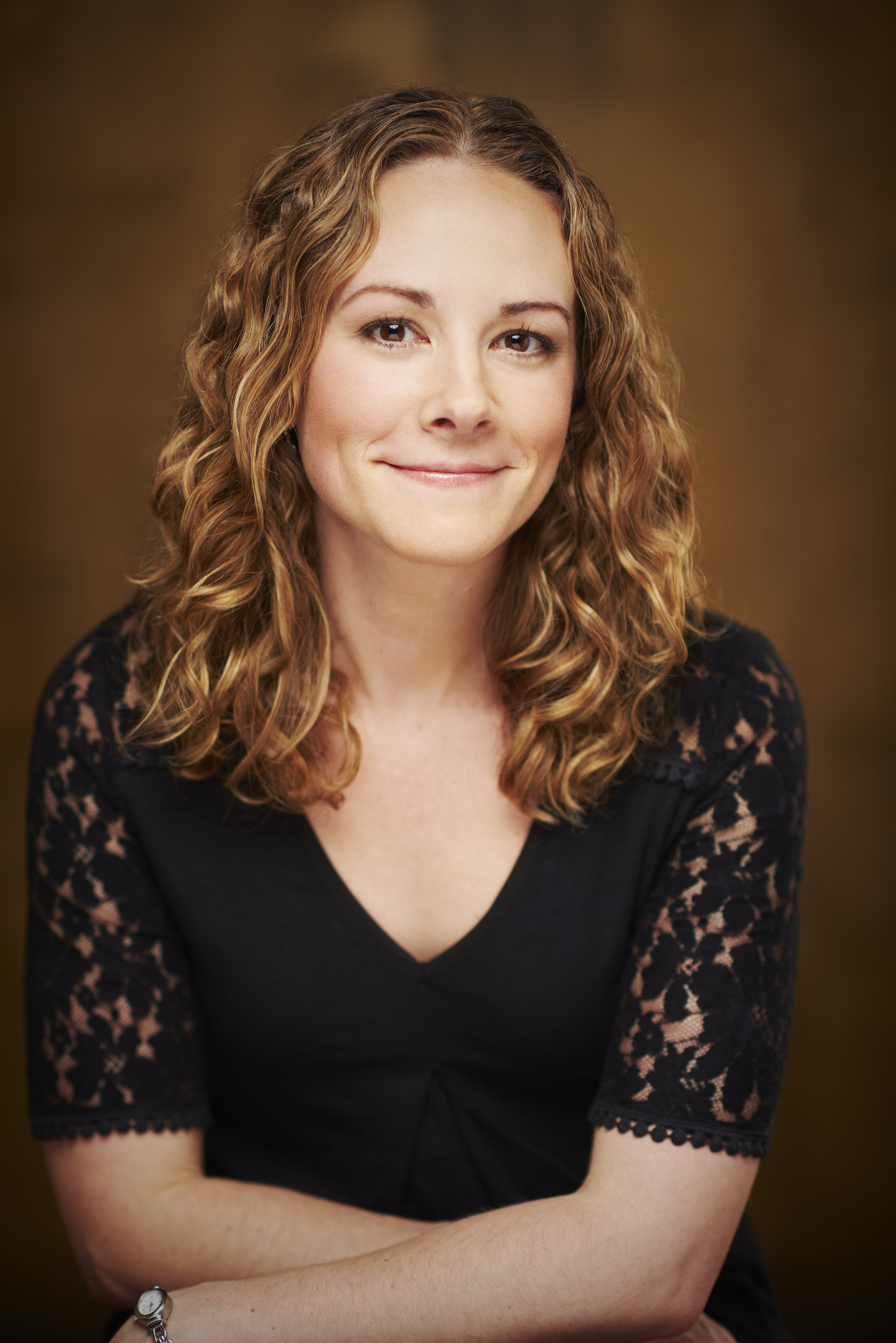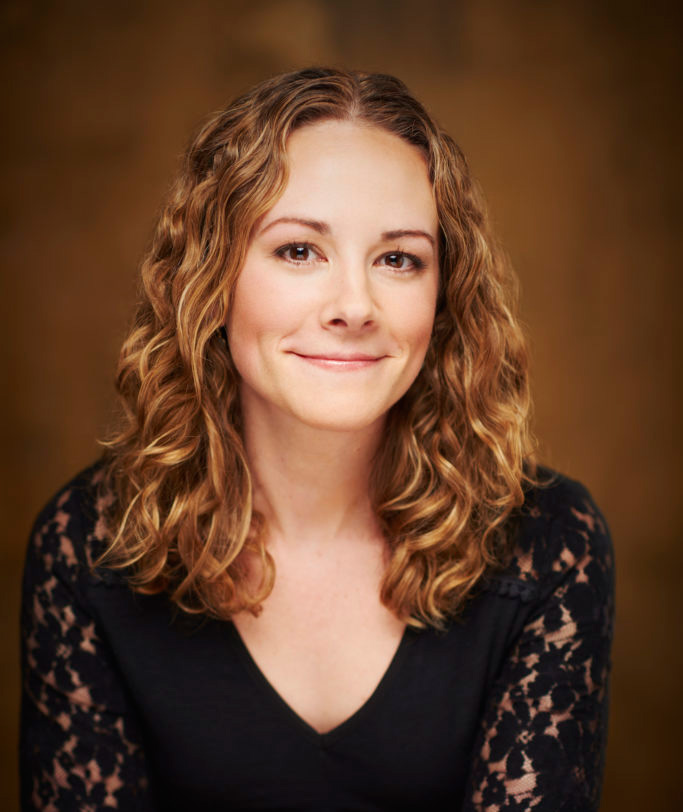HILARY LEICHTER interviews CLARE BEAMS

Clare Beams’s story collection We Show What We Have Learned was published by Lookout Books in October 2016, and is currently a finalist for the 2017 PEN/Robert W. Bingham Prize. Her fiction has appeared or is forthcoming in One Story, The Best American Nonrequired Reading, Ecotone, The Kenyon Review online, Willow Springs, and elsewhere, and has received special mention in Best American Short Stories 2013 and The Pushcart Prize XXXV. She was a 2014 National Endowment for the Arts fellow, and the 2014 Bernard O’Keefe Scholar at the Bread Loaf Writers’ Conference. She has an MFA from Columbia University and lives with her daughters and husband in Pittsburgh.
Hilary Leichter spoke with Beams over email about her story “The Drop,” appearing in Issue 12 of The Common.
*
Hilary Leichter (HL): Where and when do you write?
Clare Beams (CB): These days, wherever and whenever I can. I have a daughter who will be four in March, and a brand-new daughter who was just born in December; my first book came out in October, and I’m teaching in a new place this term. So right now I have to pull my minutes for writing out from all the minutes of nursing and grading and trying to convince my older daughter she should eat something besides macaroni and cheese, and put on her pants. I think most of us are always fighting for those writing-minutes, in one way or another.
HL: In an interview for The Common, the poet Jonathan Moody talked a little bit about writing his first book in Pittsburgh. He said, “You haven’t lived until you’ve… driven through Fort Pitt Tunnel and watched the cosmopolitan radiance of downtown Pittsburgh’s golden bridges reflecting off the Allegheny River.” Sounds magical to me. Can you tell me about your experience writing and living in Pittsburgh?
CB: I love Pittsburgh. I have to say, I still feel pretty new to it—we moved here in 2013, when our first daughter was just a few months old, and these small-kid years aren’t the most conducive to deep explorations of a new place, at least for me. I do have family roots in the city, though—my great-grandmother and grandmother both grew up in Pittsburgh, though I grew up in New England and hadn’t been here, before we moved, since I was very little—and I love feeling that sense of history here, not just my family’s but the long and complicated history of the city itself. That kind of layering makes me feel at home. We’ve also been lucky in the wonderful community we’ve found here. I’d be happy to stay for a long time.
HL: I love the way you used the word “layering” there. That feeling comes through in your story, “The Drop.” We see Lily surrounded by layers and layers of women. The church ladies of her town surround her and insert themselves into her story—“A natural desire, to be a part of the story”—in a way that is claustrophobic and warm, protected and hectic. Can you tell me a little bit more about creating this Greek chorus of women? Where did they come from?
CB: I really wanted to capture a sense of all the forces that are pushing Lily toward the catastrophe of this wedding, and her community, these layers of women, have a lot to do with that. I love your description of them as a Greek chorus—that’s just how I’d imagined them. These are women who’ve mostly been through weddings of their own, for whom a wedding is a known and anticipated event, one they look forward to re-experiencing vicariously. What’s happening to Lily doesn’t belong just to her, in this story. That makes it harder for her to change or shape events.
HL: “The Drop” centers around a man recently returned from war, who wants his fiancée to wear his parachute as her wedding dress. It’s set at an unnamed location and in an unnamed time. And somehow it feels at once old-fashioned and futuristic in its conceit. Where and when do you picture the story taking place?
CB: I’m often going for that sense of an un-pin-downable time, perhaps past, perhaps future, in my stories. In this case, though, I did have a particular time period in mind, because parachute wedding dresses were a real historical phenomenon: some of the brides of the men returning from action in World War II really did wear them. My grandfather was a paratrooper in that war and apparently tried to get my grandmother to agree to this scheme, but she refused (maybe wise?). For the purposes of the story, too, I found the World War II era an interesting historical moment—that war is and was always so enveloped in narratives of heroism, and yet the men who actually fought it saw horrible things, things that must have scarred and altered them. And so many of them came home and got right down to the business of getting married and having lots of children. I wonder about how the changes in those men must have rippled through those new families.
HL: The story draws a connection between marriage and war. There’s the drop of the parachute, and the drop of taking a leap in a relationship. Towards the end of the story, there’s a very different kind of drop. How did these themes of love and violence intertwine for you when writing the piece?
CB: That intertwining was the heart of the story for me. Lily and Martin have a relationship before the war that’s made almost entirely of surfaces—the kind that’s mostly about the trappings and celebrations of courtship. Then, when he comes back, Lily quickly gets this sense that something’s ominously different about him, but the newest celebration, their wedding, takes on its own momentum. She doesn’t really know how to stop it. Nor, for most of the story, can she put her finger on what exactly is wrong; nothing about her experiences so far, which have basically been a child’s experiences, has equipped her for life with her changed fiancé. Yet the whole social mechanism is pushing her out into that life. The rituals with which we stud our lives have such power to them, I think. In this story I was interested in exploring the ways in which that power might propel a person toward disaster.
HL: I love the line, “There is no way to unsmell a thing once you have smelled it.” As though the introduction of something sensory can affect the course of a story as much as an action or a turn in plot. The smell and feel of the parachute serves as a point of entry into the strangeness and uncanny territory the story soon inhabits. Do you tend to use sensory cues as inspiration in your writing practice?
CB: I love your description of the line’s work in the story—I think that’s exactly what I’d hoped it would do and mean. As for sensory cues, yes, they are often important in spurring a story for me. I usually start writing without much more than an image or set of images in mind, or sometimes a particular place and the feeling it gives me. In this case that spur was the dress, and the feel of that grade of silk. The idea of the smell came later, but I had a feeling it was right once it arrived.
HL: One of my favorite elements of your story is the slow dawning of a feeling that, by the end, overwhelms Lily: she can see something happening that no one else can see. She’s witnessing an unraveling in her fiancé, Martin (and in turn, her own unraveling), but it’s only visible to her. Maybe it’s because of the current political climate, and the refrain of This Is Not Normal, but Lily’s isolation in her knowledge felt particularly potent to me. Were you aiming at a larger commentary on political knowledge and/or the female experience when you wrote this?
CB: That’s just what I wanted to convey in poor Lily’s plight—that powerless, Cassandra-esque feeling of knowing something, or being able to see very clearly the direction in which some situation is headed, but also knowing that no one else is going to understand what you’ve seen. That for whatever reason, people just aren’t going to listen to you in the right way. It’s a feeling I think most people experience at one point or another, but yes, I’d venture to say it’s a more familiar feeling to most women than it is to most men. I wrote “The Drop” long before the bizarre, scary political moment we find ourselves in now—the earliest draft of this story dates from late 2009; it took a long time to come together—so I can’t say I was aiming for a specific political commentary. But while that dynamic’s particular manifestation in our political landscape is new, the dynamic itself isn’t, of course. People have been feeling powerless, in a million interesting ways, for a very long time.
HL: Do you have any thoughts or feelings about how to be a writer at this particular powerless moment?
CB: Just that it feels both difficult and especially important to do it—to persevere. To make sure we say the things we have to say.
Clare Beams‘ story “The Drop” appears in Issue No. 12 of The Common.
Hilary Leichter is a 2015 NYFA Fiction Fellow living and writing in Brooklyn, N.Y.




